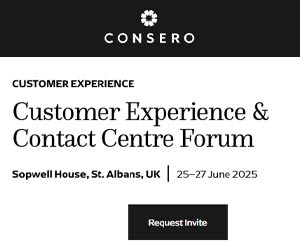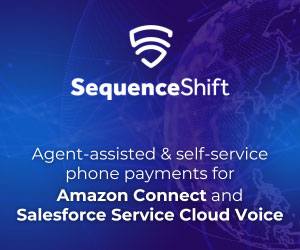Back in September there was a story from The Grocer called: Iceland: ‘customer engagement scheme is paying off’, which showed how Iceland, a UK grocery retailer, has implemented some small changes in its customer experience that has allowed it to generate big results (growth, lower costs, increased loyalty, a hike in customer satisfaction).
What Iceland has done is implement a scheme where it is now printing ‘individually tailored vouchers’ for its customers at the point of sale, the till or checkout if you like, rather than sending those vouchers by post.
This is part of a wider customer-engagement strategy that was launched a year ago but already it has allowed Iceland to:
- drive new sales and grow their market share;
- dramatically improve customer satisfaction from 65% to 85%;
- collect more data and understand their customers better;
- increase membership of their Bonus Card scheme to an all-time high;
- reduce promotions spend by 16%; and
- increase the amount they plan to give away on promotional vouchers this year to £5 million (over $8 million).
This idea may not be that new but what they have done really well, I believe, whether deliberately or by accident, is understand and leverage two things:
- One, they’ve thought more broadly about their customers’ journey…
… and have implemented changes that are more about a customer’s life and making things easier for them, rather than just thinking about their shopping experience.
A customer’s journey is not just about when they are in store. Many people lead busy lives and having to look out for another piece of mail, on top of all of the bills and piles of junk mail that we get every day, is not conducive to being noticed or to people taking action.
Therefore, integrating a reward scheme into their point-of-sale system has allowed them to make things easier for their customers and to deliver instant rewards and gratification to them as part of their shopping experience.
The reason why this works so well is that…
- Two, they’ve been able to leverage a psychological principle called the Primacy and Recency Effect
This is a concept (also called the serial position effect) that was first coined by Hermann Ebbinghaus back in the early 20th century. The idea implies that people are more likely to remember the first and last things that happen to them, in a certain situation or sequence, rather than things that happen in the middle.
We can see how this works if we apply it to relationships that we have had in our business or personal lives. For example, if you take a boyfriend/girlfriend relationship that you have had at some point in your life. It’s pretty certain that if I were to ask you what you remember most about the relationship, you would say the beginning of the relationship (the butterflies in your stomach when getting ready for the first date and the excitement of falling in love, etc.) and the end of the relationship (the disagreements, the break-up, the heartache, etc.).
Right?
The reason why this works is that our emotions are heightened at those points and, therefore, the situations are better remembered. Research on how the brain and memory work supports this and shows us that we remember something more clearly and for longer when there is emotion attached to it.
Iceland’s new scheme delivers rewards to its customer at the end of their shopping experience and this heightens their possible emotions at the end of their ‘shop’. I mean, who doesn’t like money off their next purchase? This, in turn, increases the likelihood of it being remembered positively, which also increases the likelihood of satisfying a customer and gaining their loyalty.
There are many other companies that already employ these sorts of tactics and I’m not advocating that everyone should be implementing a voucher scheme at their till or checkout, unless that makes sense for your business. However, I would encourage you to do two things:
- Think more broadly about your customer’s life and not just their shopping experience, to see how by helping them they can help you grow your business, lower costs, increase loyalty and customer satisfaction; and
- Think about how you can apply the Primacy and Recency Effect when designing your customer experience.
This post originally appeared on my Forbes.com column.
Author: Guest Author
Published On: 22nd Jan 2014 - Last modified: 5th Dec 2016
Read more about - Archived Content


























